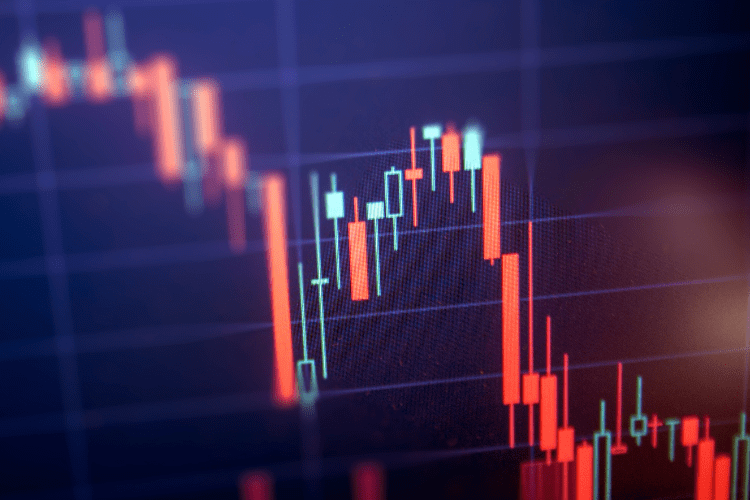Is The S&P 500 Headed Towards Trouble? Goldman Sachs’ Warning Has Investors On Edge

The S&P 500 is the holy grail of the U.S. stock market and has delivered reliable returns for over a decade. It has outperformed gold, income, real estate, and most other assets you could think of.
However, according to Goldman Sachs’ recent predictions, double-digit returns might not be the case anymore. Investors could expect returns to plummet to 3% for the next decade.
With returns potentially being so low, what could this mean for the average investor? And should we even be worried about this prediction?
This article gives you a quick overview of the recent forecast to help you come up with your own conclusion.
How Has The S&P 500 Performed In The Past?
The S&P goes back over 100 years when Standard and Poor created an index of 233 of the biggest companies in the U.S. By 1957, it had grown to 500 public companies and has been this way ever since.
These companies make up most U.S. equities, which is why so many investors use the index to estimate the broader stock market’s movements and trends.
And if you look at the index’s average annual return, you wouldn’t blame them. The S&P has averaged an impressive 10.57% growth each year since it adopted 500 stocks. These near-guaranteed increases and overall stability have made virtually every investor use the S&P 500 as their go-to indicator for market trends.
Goldman Sachs’ Recent Predictions
Despite its solid performance in recent years, Goldman Sachs’ recent predictions paint a different outlook for investors in the future. Instead of the usual 10 to 13%, future forecasts show a slowdown to 3% for the next decade.
A huge part of why the S&P 500 index could be in hot water comes down to its overvaluation in the stock market.
The cyclically adjusted price-to-earnings (CAPE) ratio is currently well above the market average, leaving many analysts concerned. Whenever we’ve seen these meteoric rises, a “correction” happens a few years later, bringing prices back to normal.
This happened during the Great Depression and the Dot-com bubble in the late 90s. The market was on fire and seemed like it wasn’t stopping anytime soon. Then, reality kicked in out of nowhere and left investors high and dry.
Another thing to take a look at is the overreliance on specific companies.
The “Magnificent Seven” tech stocks comprise nearly a third of the index’s weight. While these companies are reliable by most metrics, even one downturn could make the rest of the market tumble.
Why A Slower S&P 500 Return Affects Investors
Most of us have gotten used to higher returns, especially those who’ve only seen the “good side” of the market.
But if this prediction is true, it could spell bad news for solo investors who rely on current conditions to remain the same. They might have no choice but to change their investment strategy and delay other financial goals like retirement.
Institutions like pension funds may also suffer. To survive, they’ll need to shift their strategies or expect higher contributions from investors.
Regardless of how you look at it, a slower S&P index could be a massive wake-up call that could permanently shift the way we invest in the future.
Should You Be Worried About The Market’s Future?
Goldman Sachs’ predictions could give us an insight into what to expect.
But keep in mind that no analyst is 100% perfect. There have been plenty of cases where Wall Street has missed the mark on S&P targets. We’re also experiencing massive events like a presidential election and geopolitical conflicts that could shift the market by the drop of a hat.
The best you can do is keep doing what you’re doing and perhaps diversify your portfolio to prepare for any potential shakeups.
The Bottom Line
Goldman Sachs’ recent forecast left many investors unsure about the S&P 500’s future.
And while there may be some truth to it, this index has been around for over a century. It’s been through dozens of market downturns and still manages to rise again each time.
That said, don’t take anything for granted. Now’s the time to diversify your portfolio and create a plan B if the market goes south.
If you can adapt your investment strategy, handling any future market challenges will be no issue.
Read more:










